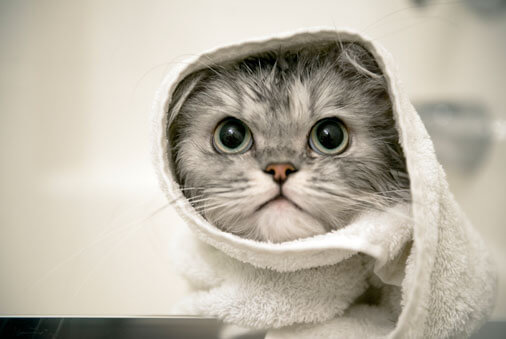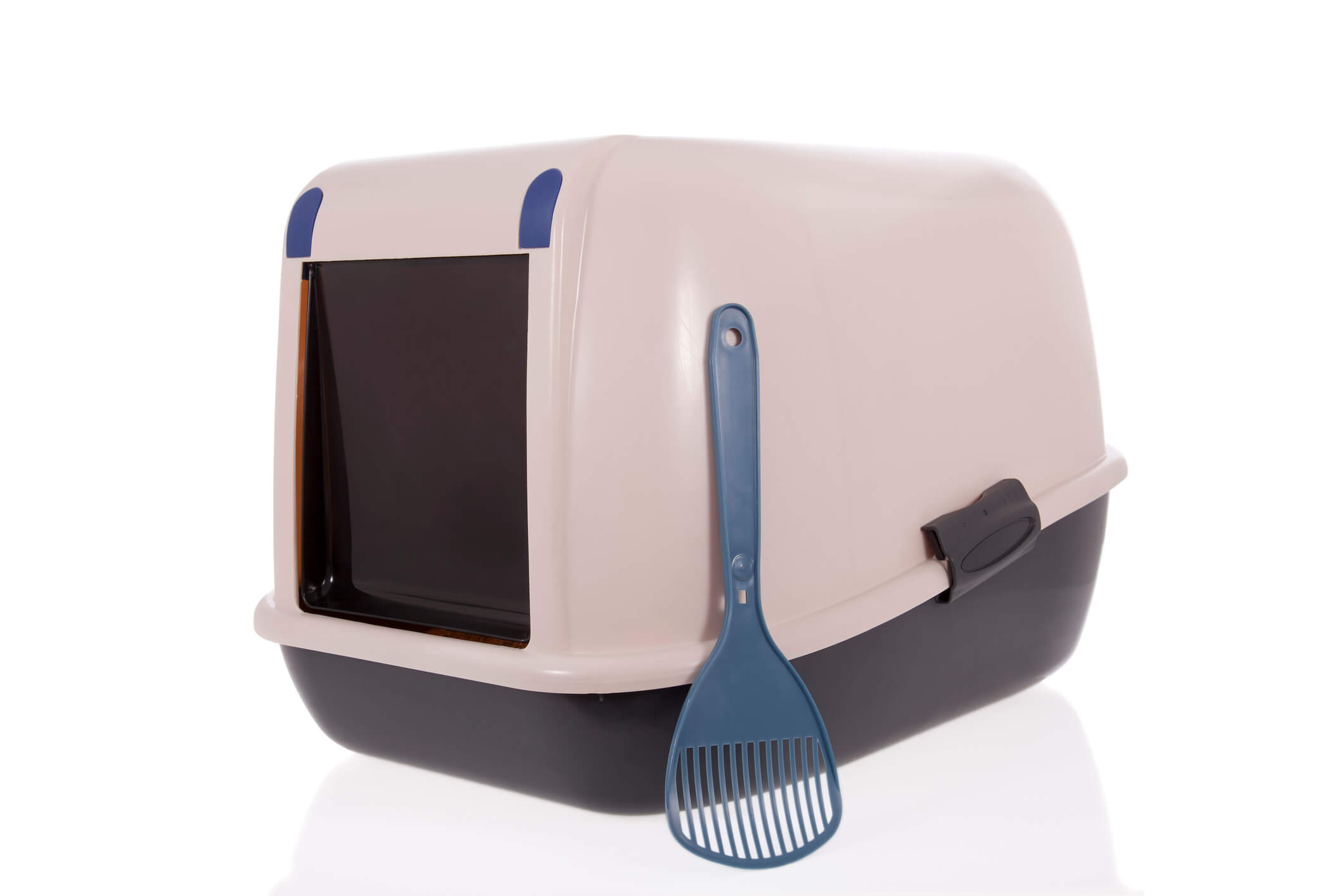How to Safely Modify Your Cat’s “Scratching Fever”
Perhaps you’re in the kitchen sautéing up some delicious vegetables for dinner or curled up in bed with a hot cup of tea and a book. Then you hear it, that gnawing, irritating sound that means your cat is introducing her claws to your new, over-priced sofa.
As declawing becomes less and less prevalent, cat owners may think they have to make an either/or decision. Either they put their cat through the painful process of declawing or deal with scratched furniture. However, there are helpful ways to guide your feline to more positive scratching behavior, so you, your cat and your furniture can live harmoniously.
Natural instinct
Despite what you might think, your cat doesn’t scratch to protest your choice of living room décor. According to the Humane Society, scratching “is a normal, instinctive behavior; one that you don’t want to discourage completely.”
Felines need to scratch for a few reasons. First, it’s a way to impart their scent. Your cat has scent glands in her paws and scratching is her way of marking territory or complementing your scent with hers.
Your feline also develops a worn outer claw after much use, and scratching helps shed that to reveal a new, sharper claw underneath. Sometimes cats just need to sink their claws into something to enjoy a good stretch after a long nap on their favorite chair. After all, canines have their own down-dog stretch, cats just use their claws.
Regardless of the reason, your feline is exhibiting normal behavior. So how do you, and your cushiony couch, accommodate the scratching without losing your cool and the fabric’s stuffing?
Scratching That Itch
There are tactics to safely and positively redirect your cat so she avoids furniture and scratches only appropriate items.
Clap Off
When you hear or see your cat scratching an “off-limits” item, make a clapping or stomping noise so she eventually associates scratching with being startled.
The Humane Society cautions you not to use this technique unless you catch your cat in the act. Your feline won’t know what she’s done wrong and “could learn to fear you,” if you startle her after she’s scratched the item and you’ve discovered its tattered remains.
Scratching Posts a Must
The best way to reinforce positive scratching is to provide plenty of scratching posts.
Cat behaviorists advise that behind every no there should be a yes. Place scratching posts near your cat’s favorite locations like your couch or bed where she’s just trying to complement your scent with hers.
It may require patience to find a scratcher your cat loves. There are corrugated mats and sisal rope or carpet posts, plus other varieties to choose from. Conduct a little feline trial and error to find out which one your cat likes best.
Tip: All-natural Blue Buffalo cat treats are the perfect way to reward good behavior. After she scratches her post, reward your cat with treats and affection.
Trim Nails
Trimming your cat’s nails can help dull them, which reduces any scratching damage. Plus, it’s just a good habit to get into with your cat. Regularly trimmed nails are crucial to happy and healthy paws, especially cats that spend any time outside.
Every week or two, check her nails to see if they’ve gotten too sharp. Excess scratching can mean it’s time for clipping. Grab a nail clipper and give them a clip.
There are also vinyl nail caps designed just for cats. Although they’re not a permanent solution (they only stay on about 4-6 weeks), they can be a safe training tool while you introduce some of the other methods.
Just because your cat has claws, doesn’t mean your house will be ruined. Felines are capable of changing their behavior if they have a committed, patient pet parent guiding them. If you keep your feline’s nails trimmed and healthy, and provide some good scratching alternatives, she’ll learn to understand when it’s okay to claw and when it’s not.





